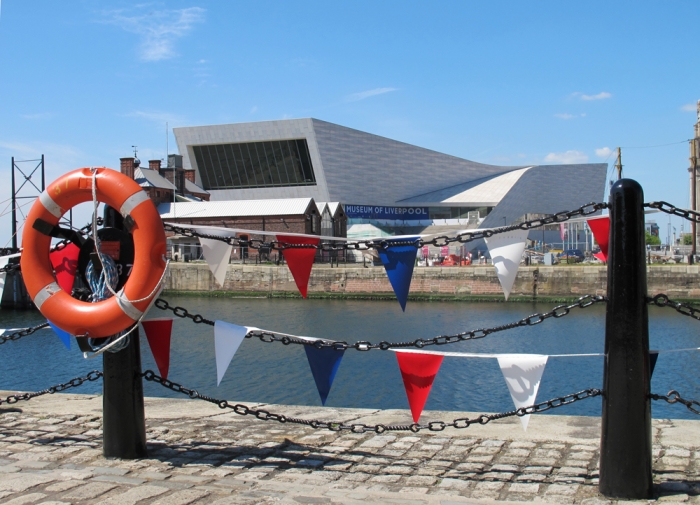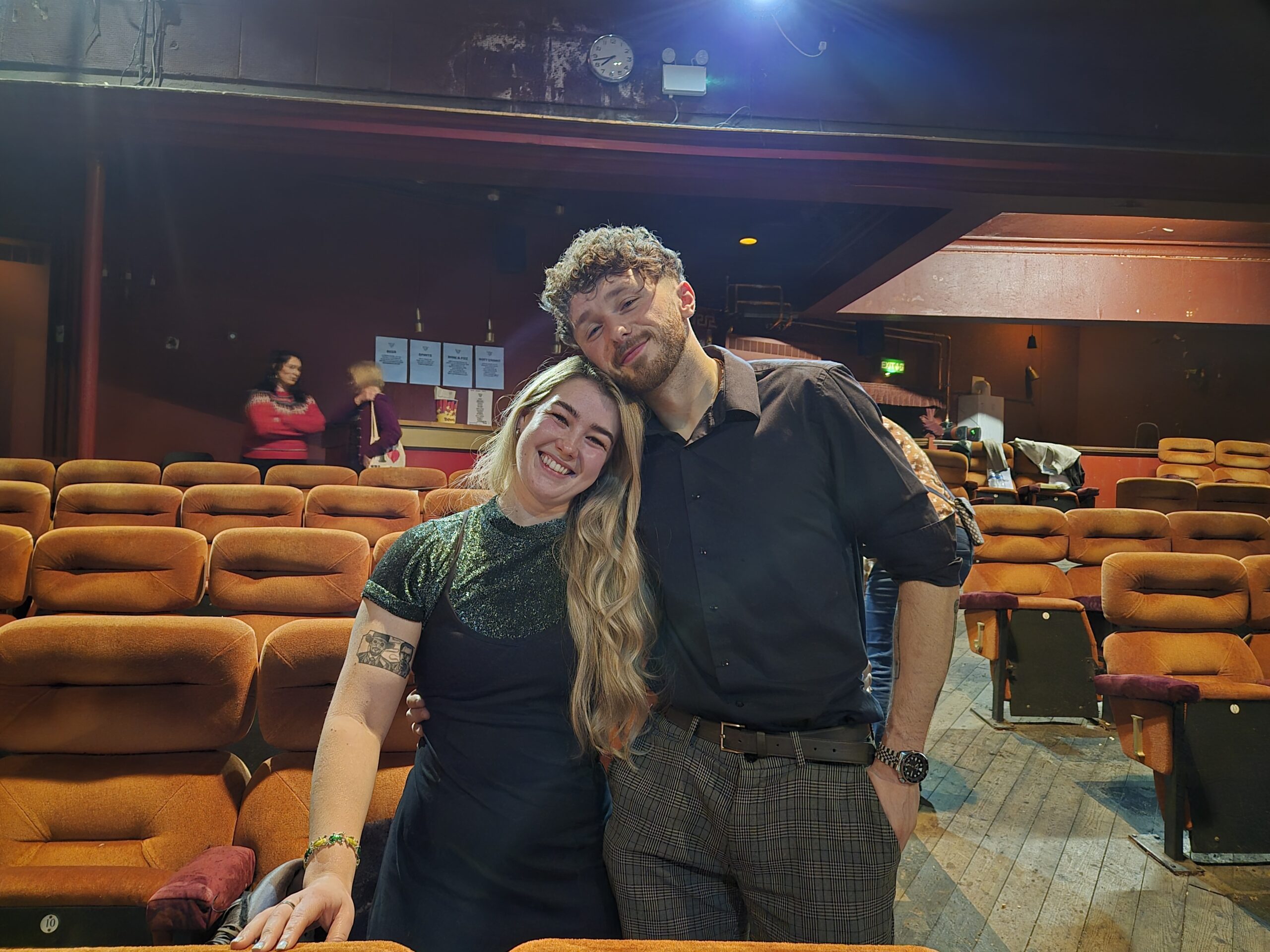
Liverpool News
Plans for what Canning Dock could look like will be revealed April 5
3 years ago

National Museums Liverpool is set to reveal plans for Canning Dock this Wednesday, April 5, and you’re able to visit the public consultation.
As part of the Waterfront Transformation Project, National Museums Liverpool is inviting members of the public to view preliminary plans of how the public space at Canning Dock will be transformed, which has been designed by architect Asif Khan and artist Theaster Gates.
The plans for the site, which include the two dry docks (the oldest visible part of the Liverpool Docks), will be presented by the project team at the Museum of Liverpool on 5 April.
The plans consider how the public space can better serve the community, by linking to surrounding museums, providing access, inclusion and delight for new audiences while communicating with the past in a new and powerful way. Taking in key landmarks, Khan and Gates are leading the design through a series of co-produced methods with community partners: 20 Stories High, Squash and Writing on the Wall.
The proposed plans include: introducing a pedestrian footbridge, overall enhancement of the public realm, and South Dry Dock experience.
The Canning Dock Project will respond to the unique history of the area, looking at ways to engage people with the history of the Liverpool waterfront in the public realm. Compelling interventions speak to the long history of the place, its pivotal role in transatlantic slavery, and its centrality to the Liverpool docks.
With plans to reactivate and reenergise the public realm as a space of education and recreation, there is an opportunity to transform it into a space that welcomes you into the many stories of the waterfront.

Liz Stewart, Canning Dock Lead for National Museums Liverpool said:
“This is such a transformational project: a once in a lifetime opportunity. Working with local community arts organisations, we have a unique chance to really enhance people’s experience of this space. As well as creating an overall cohesive visitor experience, we’re determined to truly represent the profound historic significance of the site.
“The dry docks and quaysides have such a powerful heritage narrative, and throughout the process of co-production, we’ve ensured the feedback and ideas coming directly from our communities, is integrated into designs. There is such a long way to go in this process, but we hope through the public consultation, furtherfeedback will help to inform the ongoing design development.”
The proposed pedestrian bridge will link the Royal Albert Dock with Canning quayside, creating a better journey for visitors, and enhancing connectivity between the International Slavery Museum, the Maritime Museum, the Museum of Liverpool and the wider waterfront. This will open the site to new journeys and new uses.
Plans will also reveal proposals for the South Dry Dock, collaboratively reimagined by Khan and Gates. It involves creating an unmistakable experience with a space dedicated to contemplation and education. This multiuse space will be a ‘destination’ site that will draw upon voices from across Liverpool and its historic global footprint.
Architect Asif Khan said:
“I feel privileged to be working on this extraordinary project. To be sharing our design for Canning Dock today with Liverpool we are also sharing an idea with the world. It is an idea about how complex history can be told, the spaces in which we tell it, and the power it has to bring us together.”
Artist Theaster Gates said:
“The opportunity to work on the Canning Docks Project has allowed me to connect with the complexity of Liverpool and its history and to engage that history, knowing that there’s healing for the future. The community of creative organisations and individuals who have worked to make this project possible are the lifeblood of Liverpool. I am honoured to be a part of the national reconciliation happening on this site.”

The waterfront represents Liverpool’s connection to the past, many stories which continue to be inherited by people around the world today. Through this transformation, the heritage of Canning Dock will be revealed as well as better connecting the surrounding museums: International Slavery Museum, Maritime Museum and Museum of Liverpool.
This project is funded with a contribution from The Government’s £4.8bn ‘Levelling Up’ fund which was secured through a bid spearheaded by Liverpool City Council, in collaboration with Tate Liverpool. In addition, the pre-development phase of the project has been supported by £120,000 from the Liverpool City Region Combined Authority, as part of the Race Equality Programme launched by Metro Mayor Steve Rotheram in 2021.
The designs will be presented by the project team at the Museum of Liverpool on 5 April 2pm-7pm. Visitors will be able to find out about the latest plans and ambitions for what will be an incredibly special landmark project. There is also an opportunity to ask questions and provide feedback. The designs will continue to be available to view in Museum of Liverpool until it closes the next day.
Visitors can also take part in an outdoor activity-filled day on Thursday 6 April, as community partners 20 Stories High, Squash, Writing on the Wall and Liverpool Black History Research Group take over the Canning Dock Quayside for ‘Sunrise to Sunset: Canning Dock, past, present, future’.
Madeline Heneghan, Co-Director of Writing on the Wall said:
“We’re thrilled to collaborate with world-class architects, artists and community partners, to revitalise the neglected and historic Canning Dock. This outdoor event – From Sunrise to Sunset – aims to breathe new life into the area while honouring its significant history. By working with local creatives, WoW hopes to showcase its potential and provide an inspiring public space for all to reflection and enrichment.”
Events will include creative writing, dance workshops, walking tours, storytelling, and a moment to delve into the history of the site.









 Subscribe
Subscribe Follow Us
Follow Us Follow Us
Follow Us Follow Us
Follow Us Follow Us
Follow Us Follow Us
Follow Us











